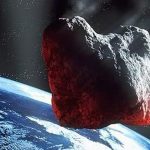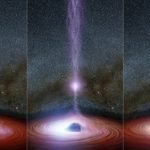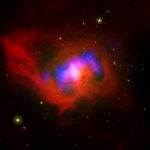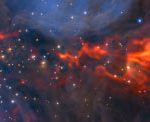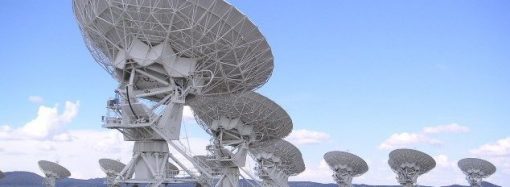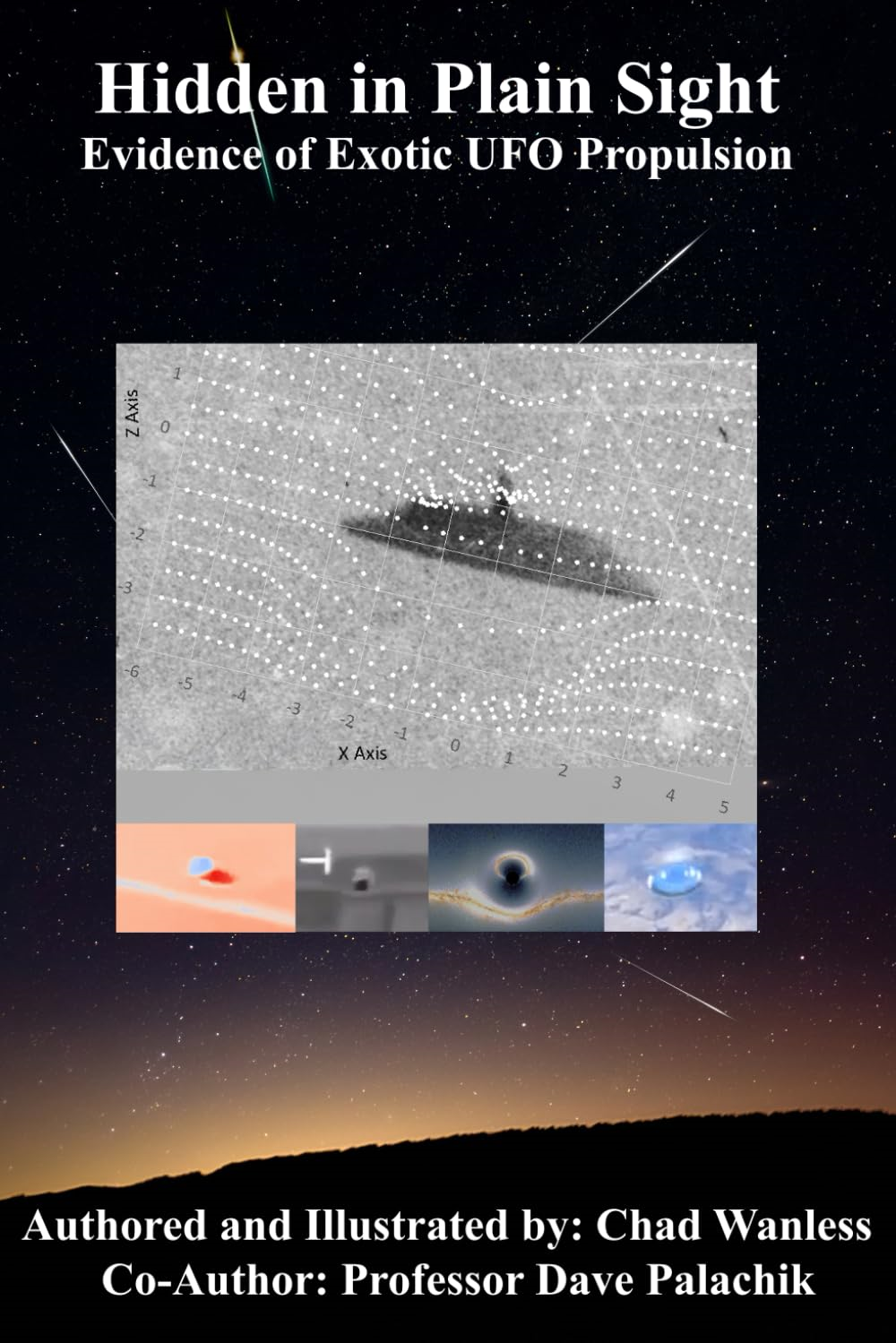Russian physicists make toy asteroids and blast them with a laser0
- From Around the Web, Science & Technology, Space
- March 15, 2018
A large team of Russian researchers from Rosatom, joined by three MIPT physicists, has modeled the impact of a nuclear explosion on an Earth-threatening asteroid.


